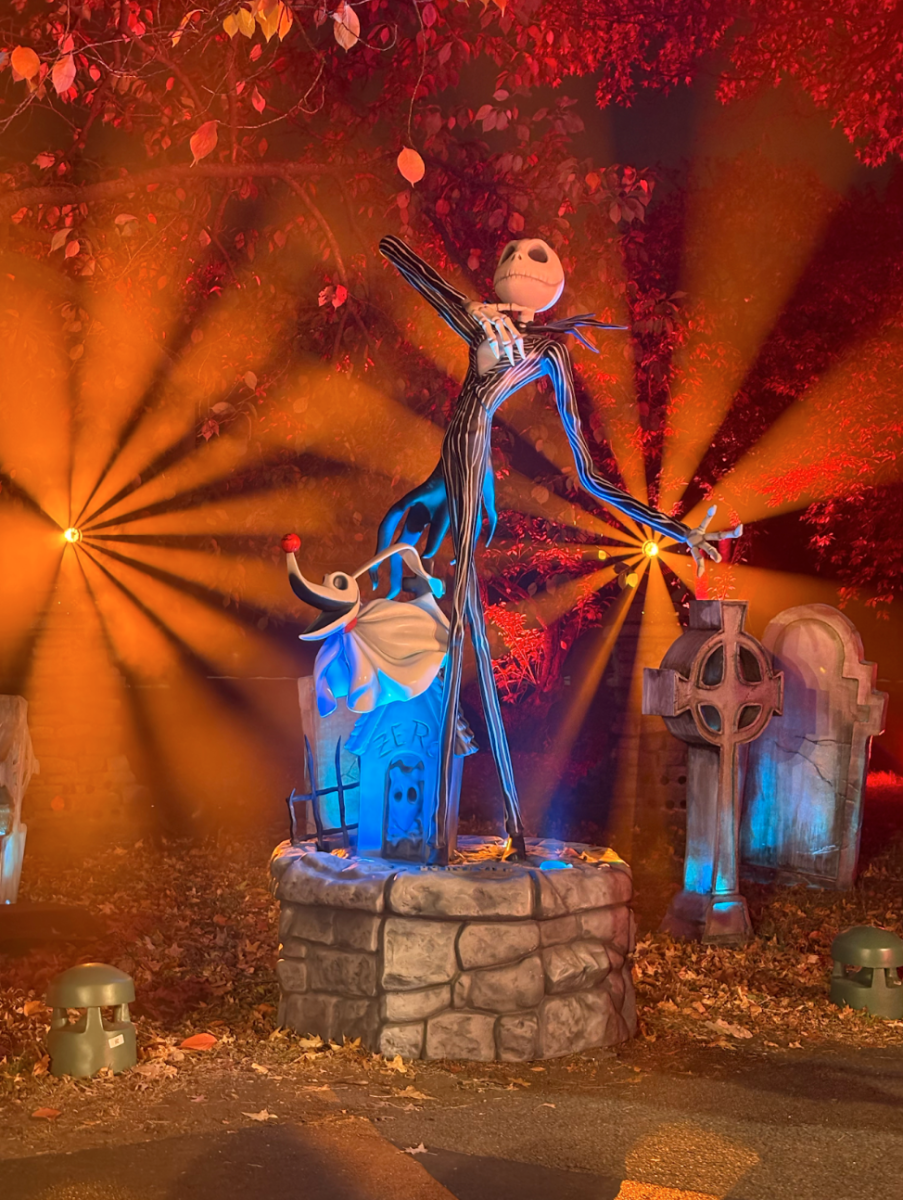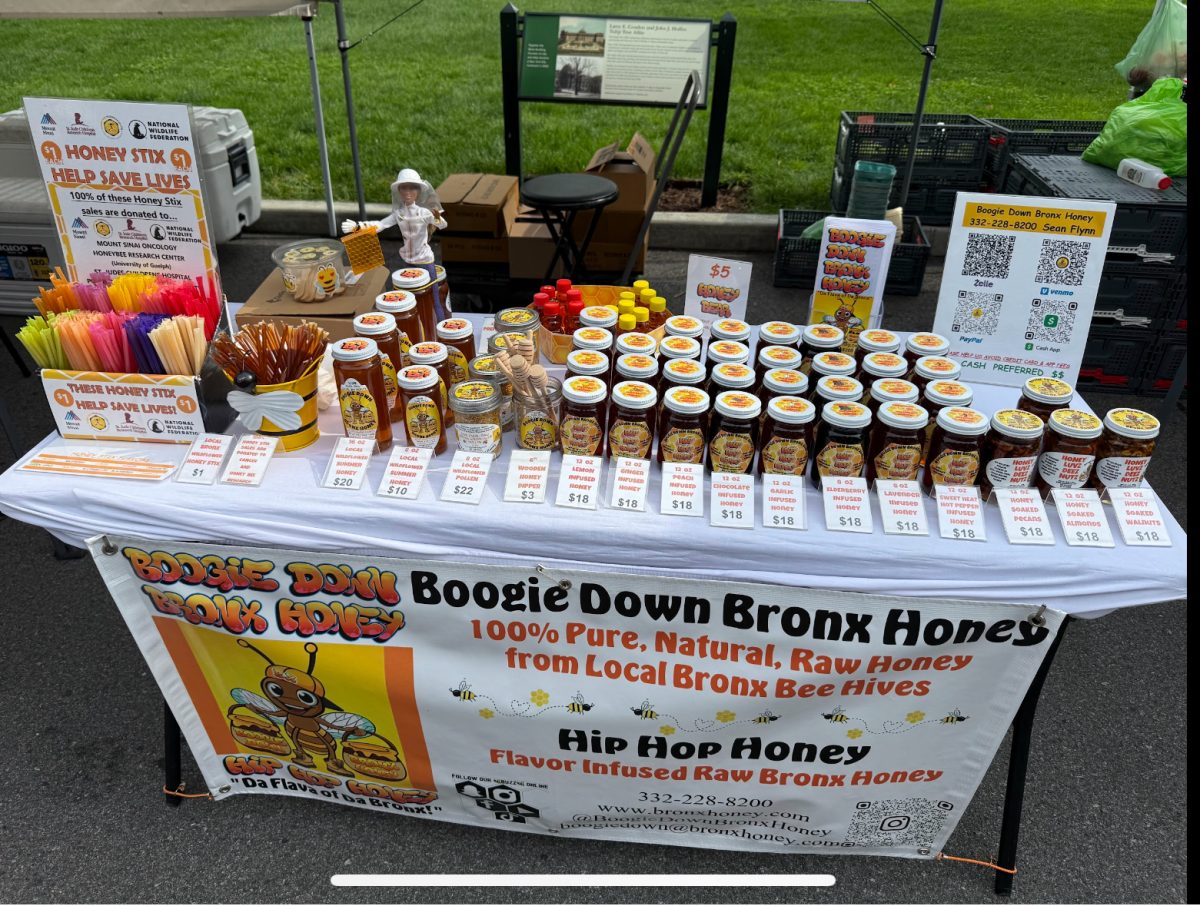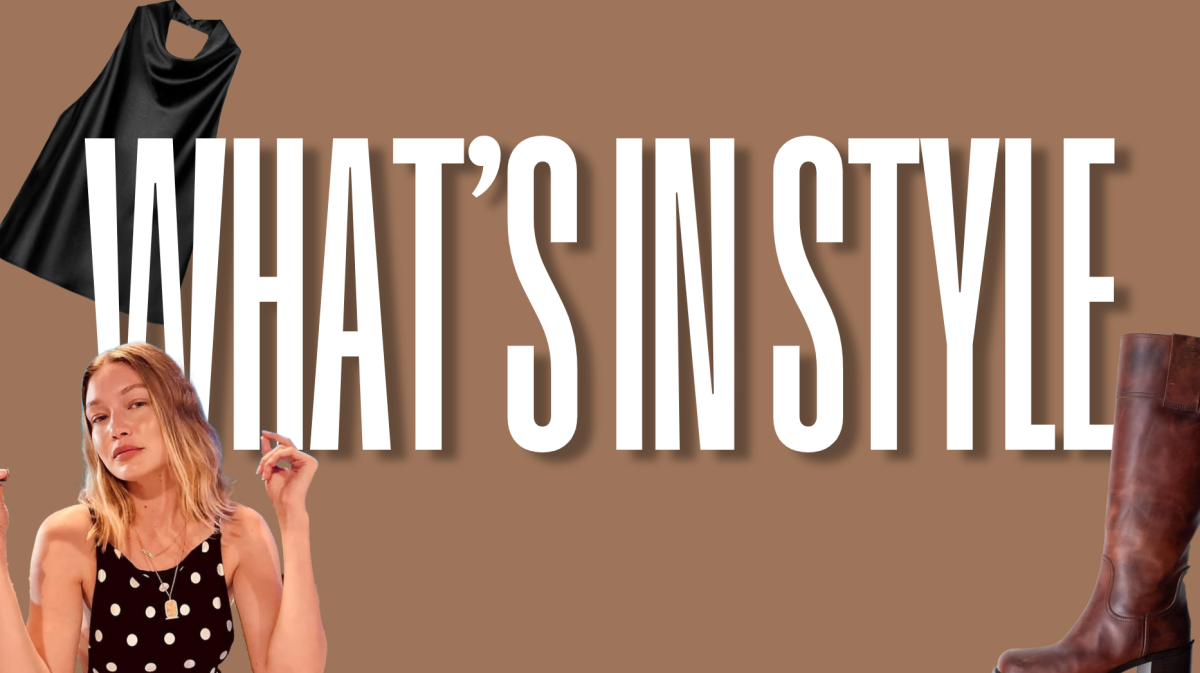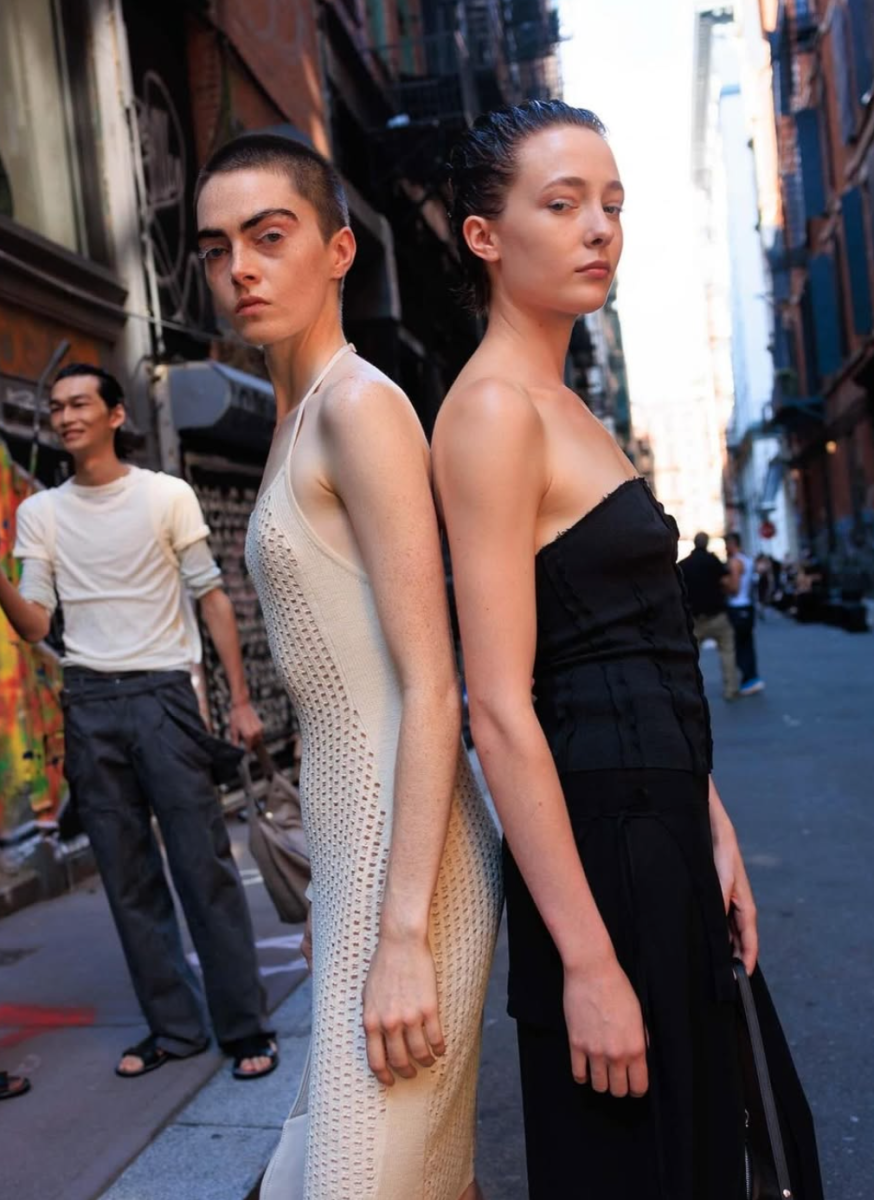By KEVIN ZEBROSKI
The compound word/fashion idiom “streetwear” gets thrown around a lot in digital style circles like blogs and forums, but it is not self-explanatory. “Streetwear” is the shorthand that has come to differentiate between office proper and the casual oriented. Streetwear comprises the clothing associated with the latter, and is epitomized by the skateboarding inspired label Supreme.
Supreme and the other brands it has inspired make use of bold prints, iconic branding and industry buzz words like “selvedge”—reinforced denim stitching—to appeal to the sartorially informed youth market. That is not to say Supreme does not produce a quality product. While their shirting tends to run larger than more historically relevant European design houses, the quality of Supreme’s garments has appealed to the sensibilities of “style guru” Glenn O’Brien of GQ and Interview fame. O’Brien has publicly—although not for the purpose of paid endorsements—positively commented on the fit of Supreme’s chinos.
“Streetwear” has come to be associated with designer quality and price because designer brands like Rick Owens and Raf Simons have capitalized on the popularity of loungewear trends. The designer occupation of streetwear style was epitomized by Marc Jacobs’ grunge themed and skateboarding inspired lines in the nineties. Alexander Wang legitimized the cotton blend sweatpants and jumper look into a fashionable silhouette by moving away from precision tailoring to slouchy bagginess, and the sneaker output of Lanvin—a legendary French designer house that seems to cater primarily to trust fund babies—has inspired legions of fans that cannot get enough laser-etched leather accents on their lace ups.
Streetwear is where the most daring trends go to die, but the fickle nature of the fashion industry means that experimental streetwear is also a venue for innovation. The best trends—the ones that incorporate functionality and adapt to modern social climates—turn into new standards. Denim pants were once a reaction to the rigors of physical labor. Their invention in the 17th century Occident and the subsequent addition of rivets—the work of Levi Strauss and Jacob Davis—led to the adoption of jeans by the 1960’s Baby Boomer generation as America’s pants.
Whenever you see someone on 14th street wading through dropped crotch sweatpants and draped in clingy black silk like an urban ninja, remember that change and eccentricity is part of progess.











































































































































































































Jane Smith • Mar 10, 2014 at 1:40 am
street wear rocks!
Oh and also, as you’re also a big lover of street-wear, you should definitely come check out SuperDap! a brand new online streetwear shop. They have got a few of the planet ‘s most superior labels on-board. Chrome Hearts, A Bathing Ape, Supreme NYC, Kenzo etc. I presume you’ll like a lot of everything you notice! Anyways, it had been great to be here to discuss this moment with you. http://www.superdap.com